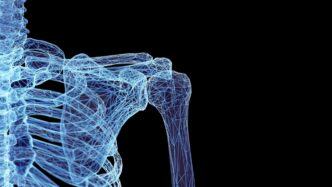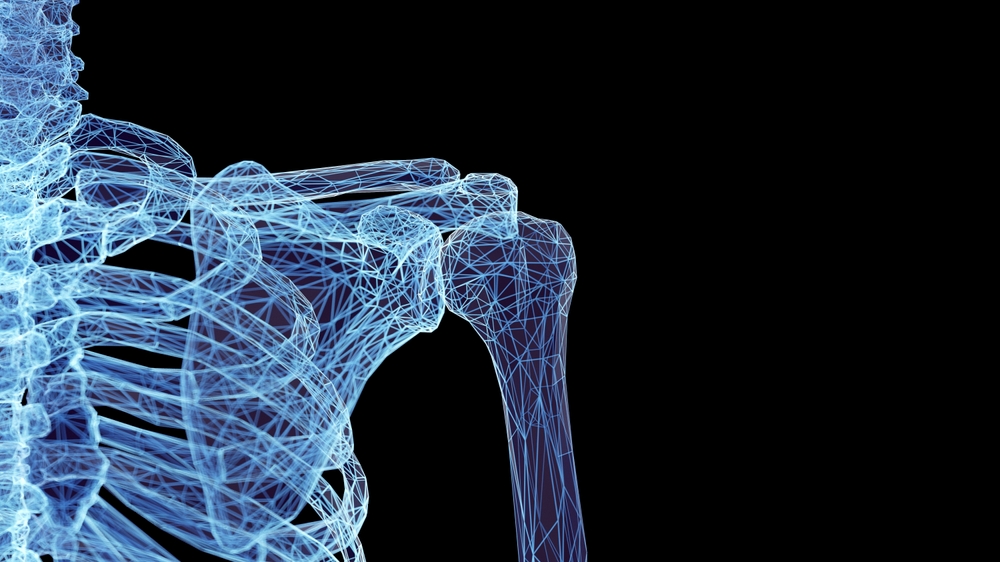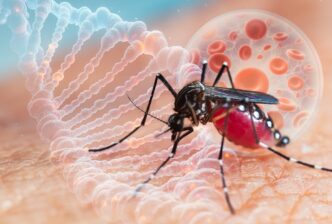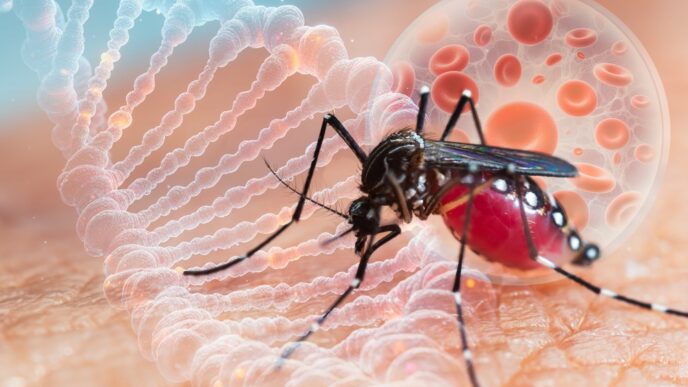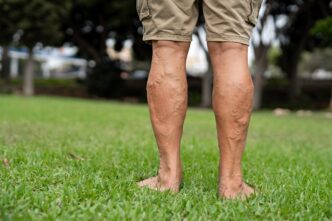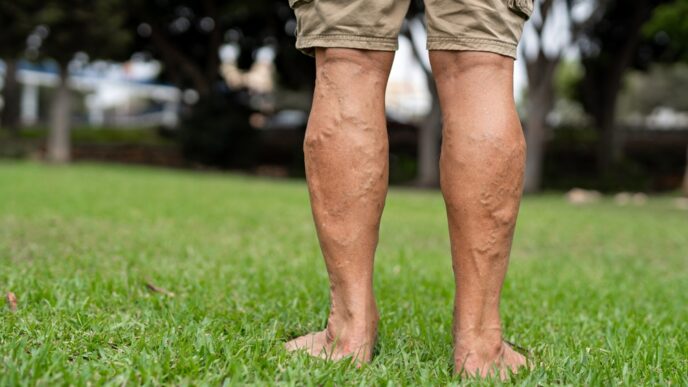Discover how surgeons are using liquid nitrogen to sterilize and reuse patients’ own tumour-affected bones—offering a cost-effective, joint-saving option in bone cancer treatment.
WORDS LIM TECK CHOON
 FEATURED EXPERT FEATURED EXPERTDR CHOONG CHEE LEONG Consultant Orthopaedic Surgeon (Orthopaedic-Oncology) Beacon Hospital |
Imagine this: instead of discarding cancerous bone, surgeons now freeze it, sterilise it, and put it right back in.
That’s the idea behind liquid nitrogen recycling autografts—a resourceful method that gives patients a second chance using their own bone.
According to consultant orthopaedic surgeon Dr Choong Chee Leong, this surgical technique involves:
- Removing a section of bone affected by a tumour.
- Sterilizing that bone section with liquid nitrogen to destroy cancer cells.
- Reimplanting the now cancer cell-free bone section back into the patient.
- The bone, now cancer-free, becomes a natural scaffold for regeneration and healing.
HOW DOES IT WORK?
The process is pretty straightforward:
- Tumour resection. The affected bone is removed in one piece with a healthy margin.
- Preparation. Soft tissue is cleared, and the bone is cleaned and prepped on a sterile table.
- Freezing. The bone is submerged in liquid nitrogen (−196°C) for 20 minutes. This extreme cold destroys all living cells by forming ice crystals that rupture cell membranes.
- Thawing. The bone is thawed at room temperature and rehydrated in saline.
- Reimplantation. The treated bone is placed back into the patient and secured with internal fixation devices like screws or plates.
Over time, the recycled bone integrates with surrounding tissue, slowly regaining strength and function.
USES OF LIQUID NITROGEN RECYCLING AUTOGRAFT
Dr Choong shares that this technique is particularly suited for malignant bone tumours such as:
- Osteosarcoma
- Ewing sarcoma
- Chondrosarcoma
It’s also used for some aggressive benign tumours like giant cell tumours and even metastatic bone cancers in select cases.
It’s especially valuable in child or paediatric patients, where bone size and growth considerations make donor grafts or prosthetics more complicated.
THE ADVANTAGES OF THIS METHOD
It’s Your Own Bone
Since the patient’s own bone is reused, there’s no risk of immune rejection, which can be a concern with donor grafts.
Improves New Bone Formation
The bone’s original structure—including hydroxyapatite and collagen—is preserved, encouraging biological integration and new bone formation.
Joint Preservation
Where possible, this method allows the joint to be preserved.
This helps to maintain more natural movement and better long-term function compared to synthetic implants.
Long-Term Durability
Studies have shown that liquid nitrogen-treated autografts provide excellent long-term outcomes after a successful bone union and functional recovery in many cases.
This makes it a durable and effective option for limb salvage and reconstruction.
Cost-Effective
It eliminates the need for expensive allografts or custom prosthetics, making cancer surgery more accessible.
Immune-Boosting Potential
As an unexpected bonus, destroyed tumour cells may release antigens that stimulate the immune system, potentially reducing the risk of recurrence.
DRAWBACKS AND RISKS
While the benefits are compelling, this isn’t a one-size-fits-all solution.
Dr Choong that shares that some potential limitations include:
- Fracture risk. The treated bone can become brittle, particularly in weight-bearing areas.
- Delayed healing. Recovery is long and intensive, with full strength taking up to 2 years.
- Surgical expertise required. Not all hospitals are equipped to perform this specialized procedure.
- Not for everyone. It’s less suitable for bones with extensive destruction or for locations like the spine and pelvis.
There’s also a small but real chance that not all tumour cells are eradicated, so meticulous surgical technique is crucial.
RECOVERY AFTER THE PROCEDURE
Recovery spans 12 to 18 months, with physical therapy beginning soon after surgery and intensifying as bone healing progresses.
The goal of physical therapy is to help the patient regain their mobility, preserve their joint function, and allow them to return to daily activities with as little restriction as possible.
CONCLUSION
“Liquid nitrogen recycling autografts offer an ingenious, affordable way to treat bone tumours, by recycling the problem into part of the solution,” Dr Choong tells us.
While not without challenges, liquid nitrogen recycling autograft blends science and practicality, especially in situations where synthetic options aren’t ideal.
Patients considering this option should have in-depth discussions with their surgical team, weigh the benefits against the limitations, and prepare for a dedicated rehabilitation journey. The outcome could be worth the wait: a second chance at mobility, using their very own bones!
| This article is part of our series on the latest developments in the treatment of bone cancer. |

